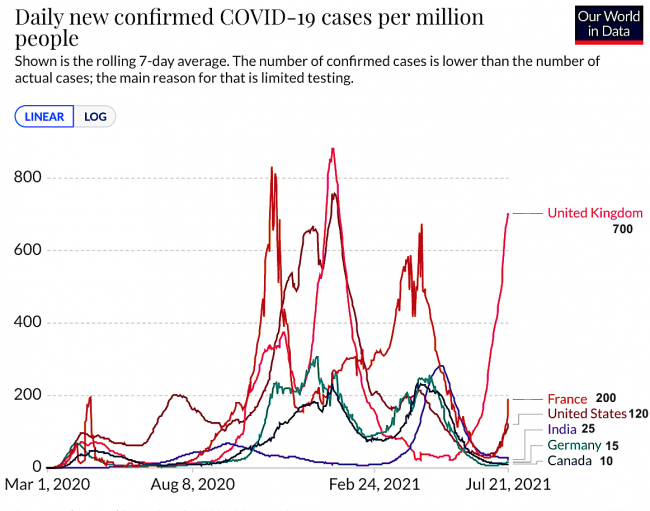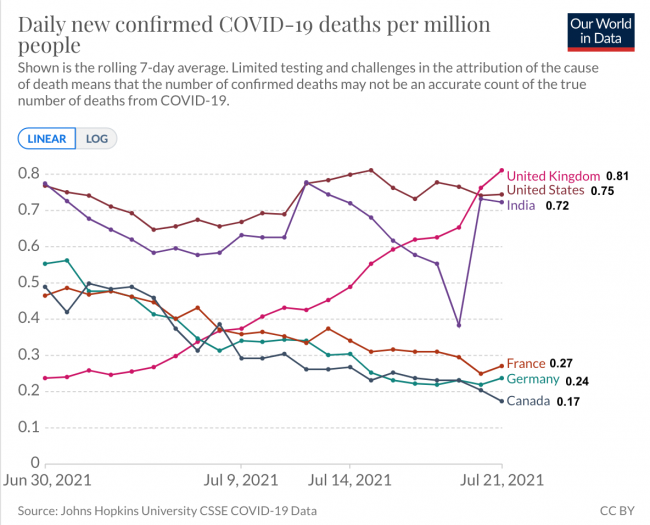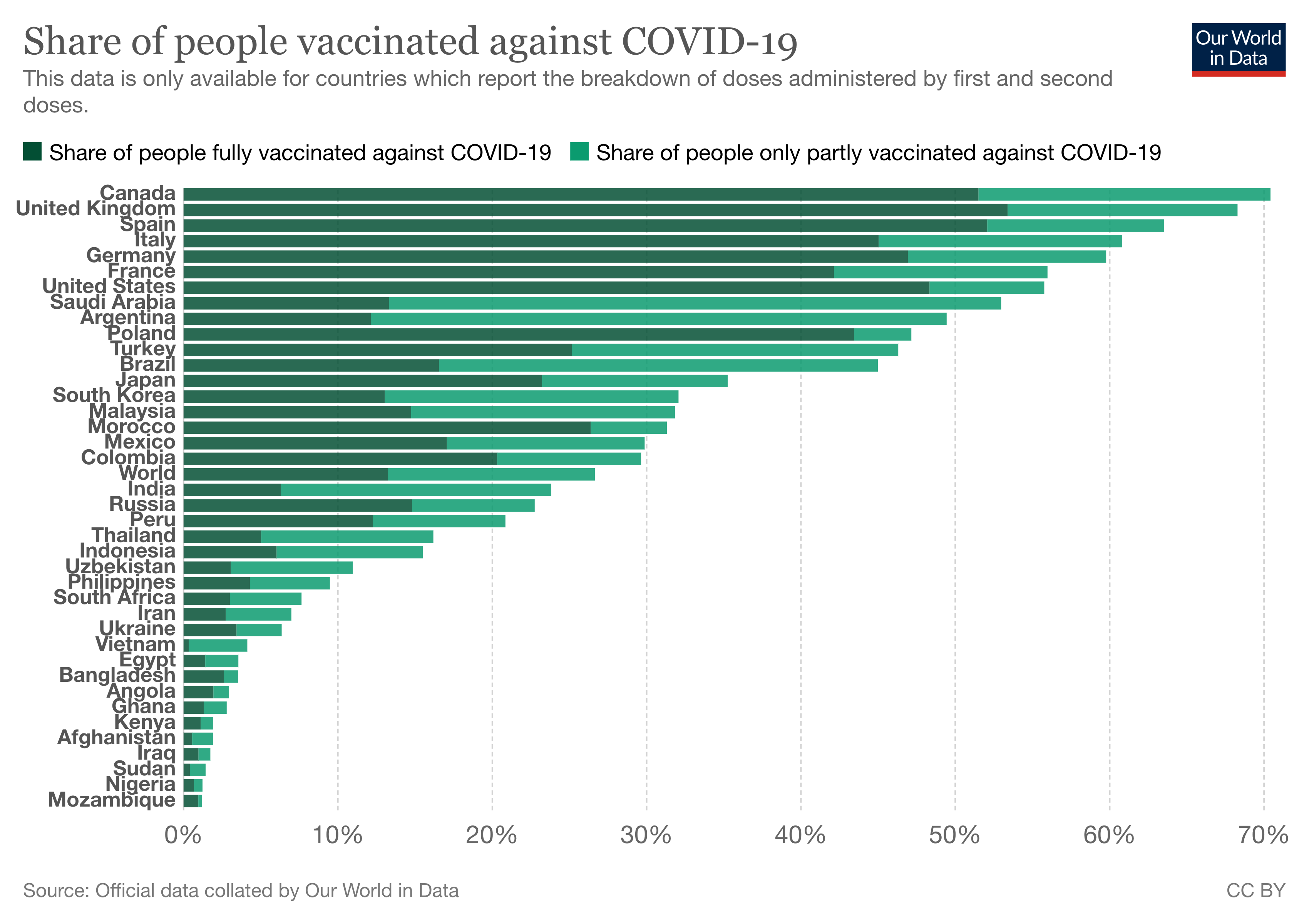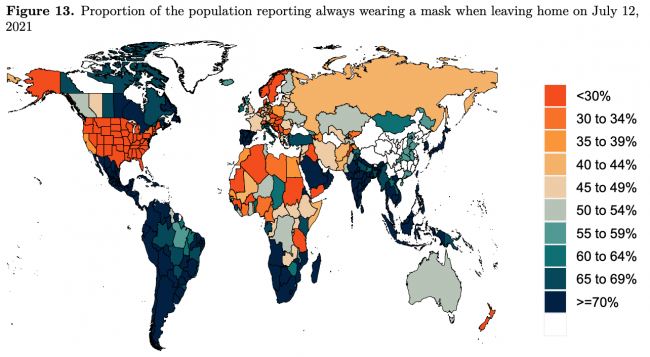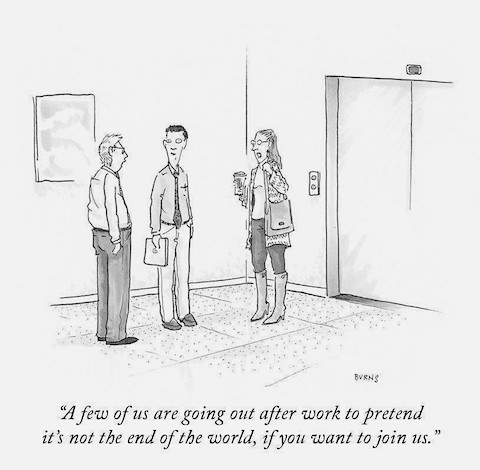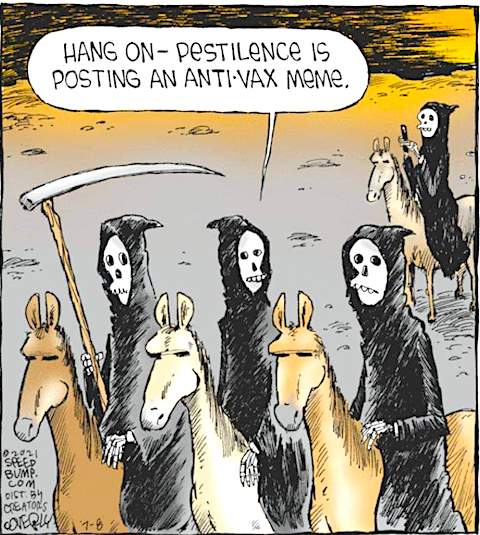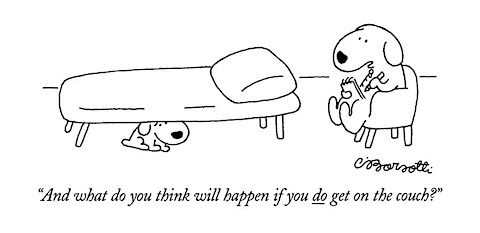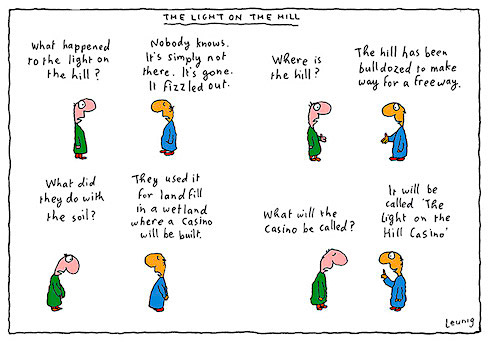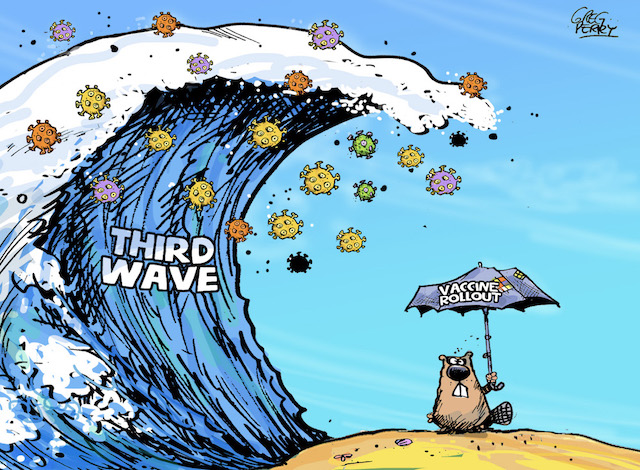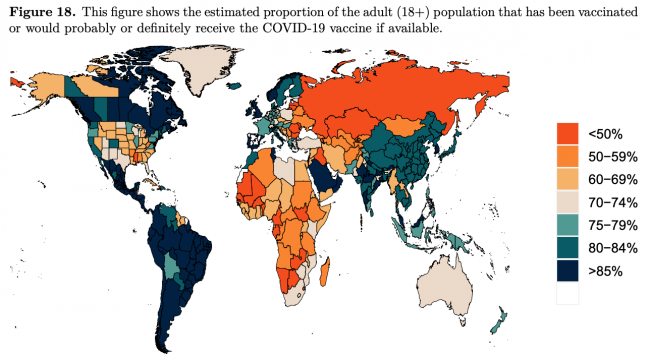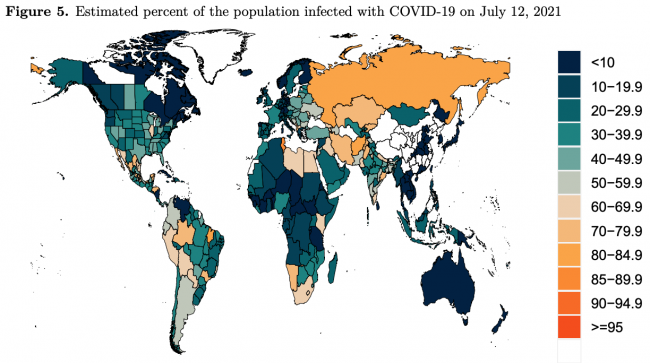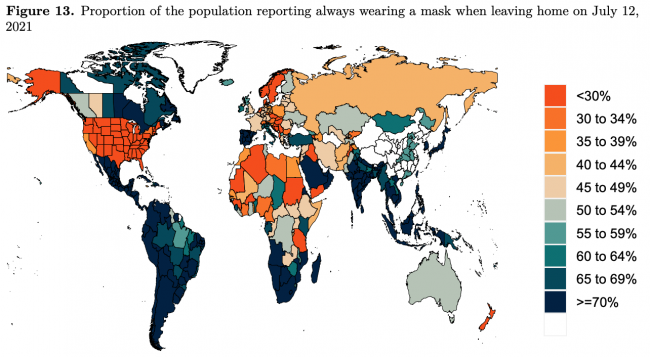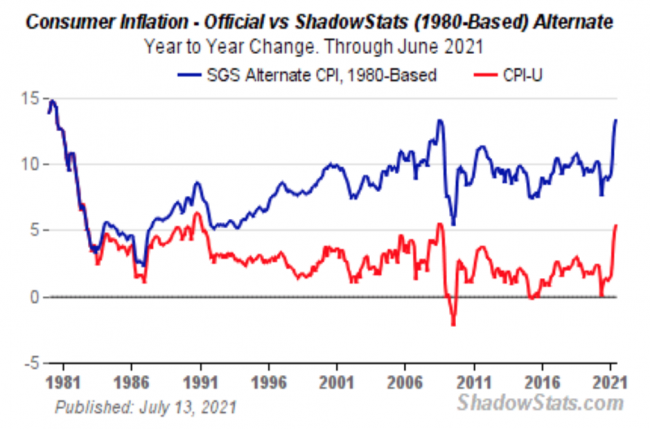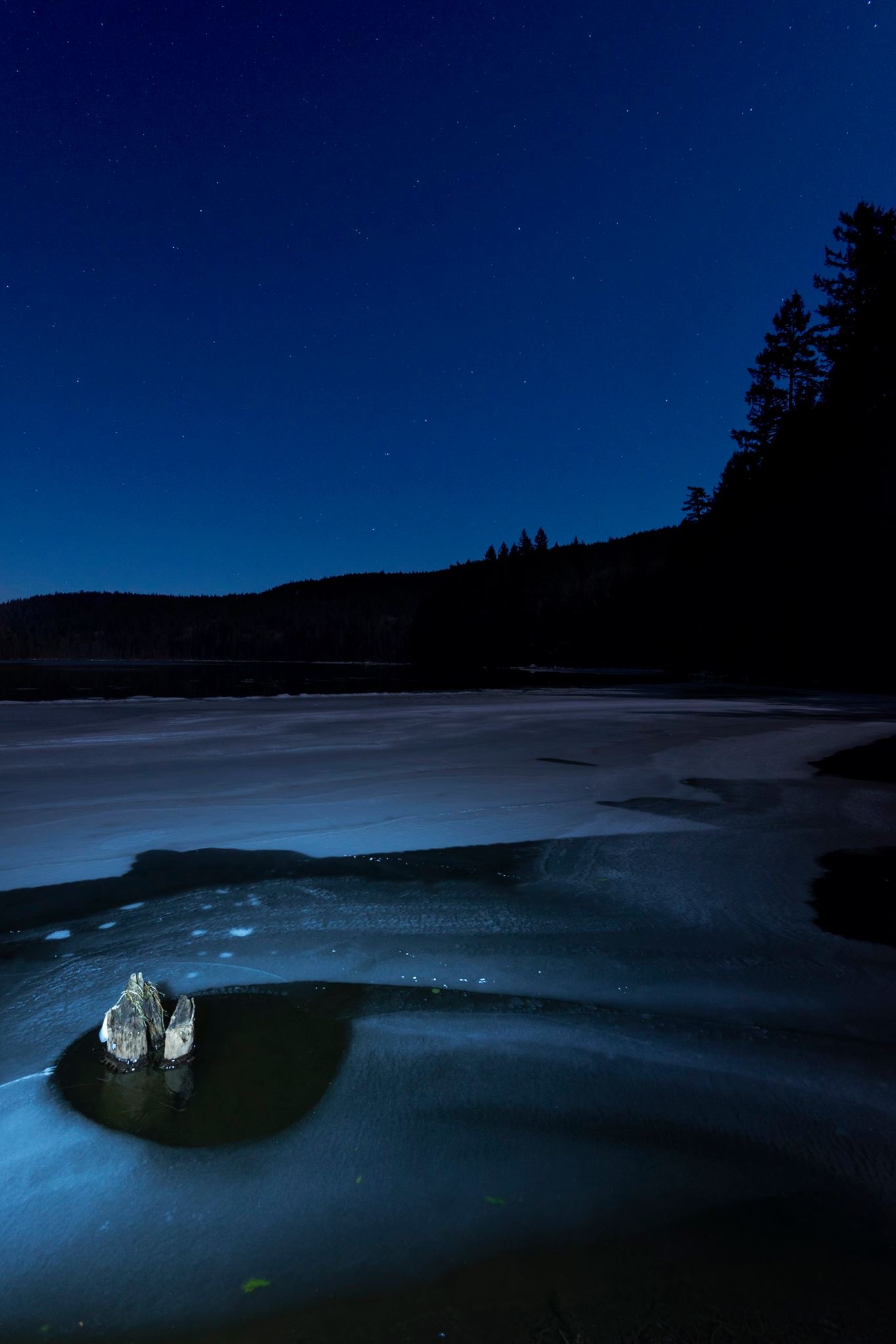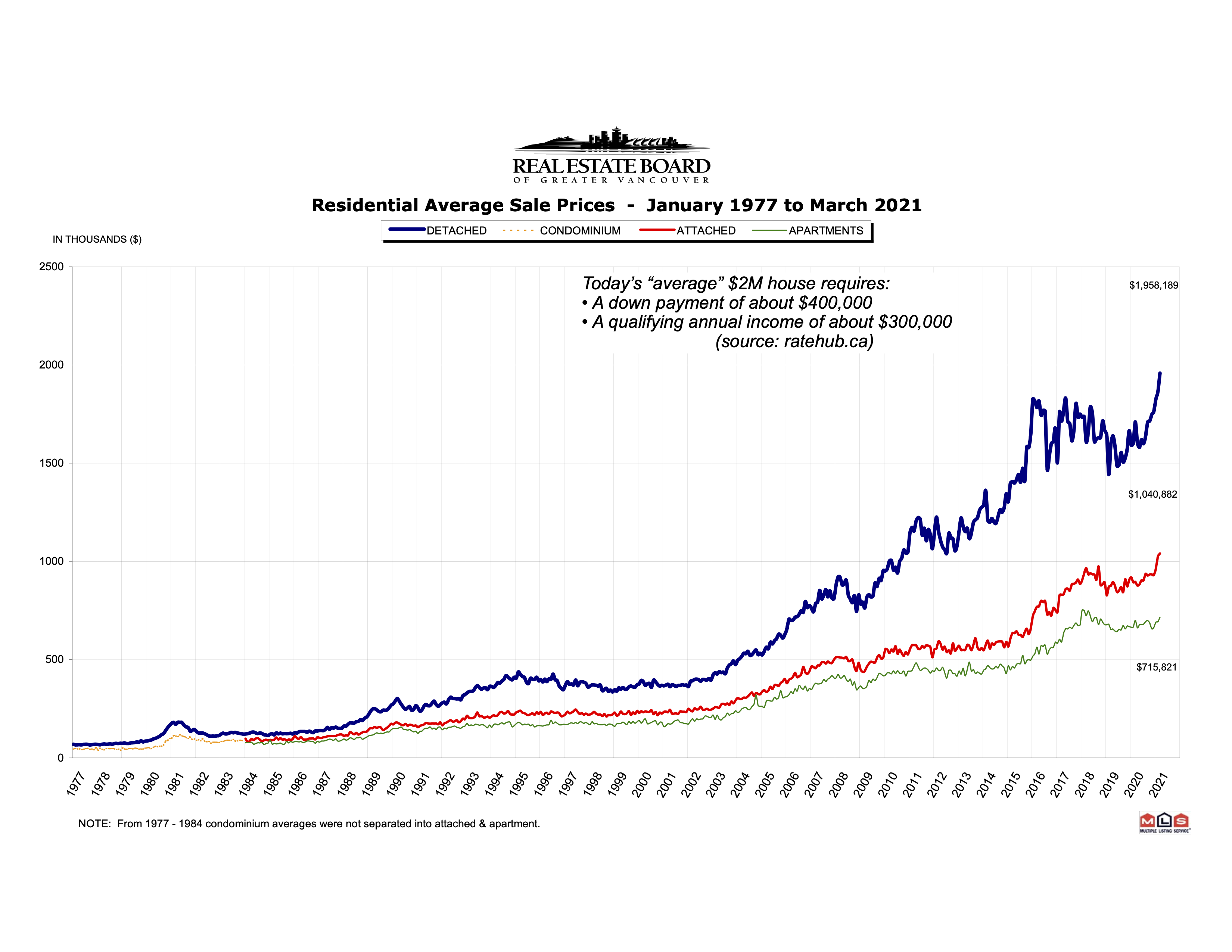
Average home prices in Greater Vancouver. Detached homes now “average” $2M in price. Chart from Real Estate Board of Greater Vancouver.
I wasn’t going to write about this — my departure from Bowen — because I was concerned it would come across as sour grapes. I’m only one of many Bowen Islanders who’ve been forced to leave the island due to a lack of rental accommodations, despite the fact hundreds of ‘vacation homes’ here sit empty much of the year.
I had a good run — nearly 12 years before my luck recently ran out. I’ve been heavily involved in volunteer activities on the island since the very first day I arrived — Chris Corrigan invited me to a “future of Bowen” session he was facilitating that day, where I met Mayor Bob and many of the Bowen peeps who have subsequently become good friends.
I want to stress that what is happening here — haphazard development, housing problems, lack of good local jobs, growing and unmet infrastructure needs, and management by crisis — is happening in the ‘exurbs’ near most of the world’s most desirable cities. And Vancouver is regularly in the top 5 lists of the world’s most desirable cities.
I left Brampton Ontario, a suburb of Toronto, in the 1990s because it had changed in just ten years from a city with 40% of its land in Agricultural Land Reserve (and a mayor and council determined to keep it that way), to a city with no agricultural land at all, an endless, sprawling, ‘discount’ suburban bedroom community with no real industrial/commercial base and hence inadequate budget for sensible urban planning or infrastructure maintenance.
Most of its people were there of necessity — it was the closest place to Toronto, where they worked, that they could afford to live. Many had no real ties to the community, no interest in seeing it flourish, just a determination to keep property taxes as low as possible so they could continue to afford to pay their mortgages and live there. A similar tale has played out closer to home, in the relentless development of urban communities like Richmond, Burnaby and White Rock.

Current “average” detached house price in Greater Vancouver municipalities, in millions of dollars. Purple denotes $3M+, red $1.6-3M, orange $1.3-1.5M, yellow <$1.3M. Data from from Real Estate Board of Greater Vancouver.
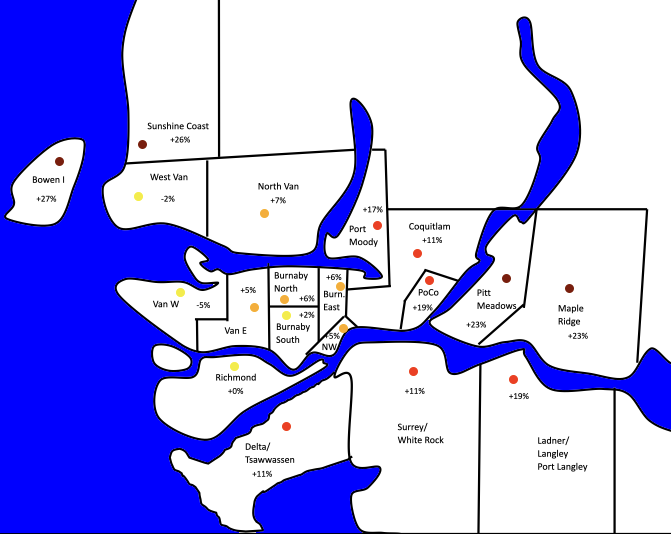
Percent increase 2018-2021 in “average” detached home. Purple denotes increase of >20%, red 11-20%, orange 5-10%, yellow <10% increase over the past three years. Data from from Real Estate Board of Greater Vancouver.
It’s not that bad on Bowen — yet. But look at the map of housing prices and affordability in Metro Vancouver and the signs are not good — prices in the exurban areas like Bowen and the Sunshine Coast are rising at twice the rate of the rest of the city, catching up to the city in sheer unaffordability for most of the people who work here. There are already signs that those Bowen Islanders whose health and work allows them to live farther from the city are moving ever farther afield, to the Cowichan Valley on Vancouver Island, and to the more distant Gulf Islands.
Adding to the challenges of living on Bowen is that the list of needed infrastructure projects for our sprawled-out island, with a total cost that can’t be absorbed by our small population’s residential property taxes, is growing to scary levels, making us more and more dependent on federal and provincial government grants to make up the difference, and adding to the island’s precarity. Water is becoming a critical resource, and there is no money for bike lanes on the roads (cycling on the island is downright dangerous), so the island is increasingly dependent on cars, and of course the ferry to the mainland.
Like many exurbs before us, we are becoming a three-tier community: Here, the top tier consists of the ultra-wealthy with their multi-million-dollar (often second-home) mansions. The middle tier are the exhausted commuters preoccupied with preparing for their next ferry trip, and salvaging the rest of their precious time with their often-young families. And the third tier are the largely-subsistence working class and artists, the ones who spend the most time on-island, and who want to support and expand community amenities, but can least afford to do so financially.
A recent study indicated that Bowen Islanders, compared to our North Shore mainland neighbours, suffer from higher levels of anxiety and stress, and are more likely to be dealing with problems of addiction and illegal substance use. They came, many of them, in search of sanctuary, and now so many are forced to leave.
It’s a recipe for failure, but it’s nobody’s fault, and attempts to blame the Muni government for not “fixing” the problem are ill-founded. The problem is worse, for example, in the SF Bay area, as modest exurban homes there are razed to construct monster homes, driving the working population father and farther out. The situation is similar in exurban Toronto, and in many world cities like London and Sydney.
Rents in Metro Vancouver, like housing prices, have doubled over the last ten years, and only an economic collapse will prevent them doubling again in the next ten, further widening the chasm of inequality that has become a hallmark of this century.
Home-owners who rode the market up, quite a few of whom invested in second and third properties with low-interest mortgages before prices soared, are now mostly renting those extra properties out not as single-family dwellings but as two- or three-family dwellings with newly-constructed separate entrances, to get a decent combined ROI from all their tenants. In the most desirable areas, single-family homes are now mostly rented as “executive homes”, often for $10,000-$50,000/month, to corporations who (unlike us) get to write off the rent as a business expense, and which allows them to provide a perk for their six-to-seven-figure-income visiting execs at the same time. Or rented out as AirBnbs for $350+/night.
This is, of course, an unsustainable situation. Those who have ridden the market up to the point they now own their homes outright will probably be able to stay here, but their new wealth is fragile and only on paper. Their kids won’t be so lucky, unless they move back in with the folks and wait to inherit the family home. But there is a lot of global money looking for beautiful cities to invest in, and that money will continue to push prices up, so that as residents leave or die, there will be only two choices for places like Bowen: Subdivide, turning most of the Cove into multi-family dwellings and possibly Horseshoe Bay-style highrise waterfront condos; or sell out to rich property owners and developers who will tear down the small homes and convert them to luxury accommodations for multi-millionaires.
In my early days on Bowen, I dreamt of a third alternative: The island being declared a model “eco-village”, with severe restrictions on development, the use of conservation development principles, and piloting of projects for local sustainable living that could then be copied by other communities. Or else I thought Bowen might evolve into an artists’ colony of sorts, a creative focal point where artists and crafters of all stripes could meet and collaborate, much as they did in the island’s Lieben days, and where a combination of large-scale public funding for cultural projects, initiatives by studios and arts foundations, philanthropic ventures and new-media arts and cultural institutions would make Bowen a hub for the creative industries, a kind of small-scale Silicon Valley for the right-brained.
But I no longer see these as real alternatives. The fiercely libertarian streak of some of our residents, expressed through their defeating the national park plan in a referendum, their opposition to the “controlled by outsiders” Islands Trust (regional ecological preservation governance body), and their resistance to zoning limitations, suggests we aren’t ready for such a radical vision, or for the sacrifices (both financial, and in the personal ‘freedom’ to do whatever we want with ‘our’ private land) that such a vision would entail.
So we are just kind of flopping up every which way, allowing the market and the zoning variance requests of the moment to dictate much of our dialogue on the future we want. We have a wonderful, aspirational Community Plan, but in the face of development demands it seems to me now a rather toothless document. Chain saws, logging trucks and construction vehicles straining up our hills now often drown out the natural sounds of the island. We can say how many people we’d like to have living on Bowen, the diversity we’d prefer, and the principles by which we’d like them to live, but we really have almost no control over it, and the development pressure will only get worse.
I think we, the citizens of Bowen, really tried to create a better vision, a better model of how to evolve a sustainable, human-scale, somewhat self-sufficient community. But the power ultimately rests with the property-owners and developers, and they have outgunned us at every step. To much of the development industry, ‘underdeveloped’ communities are viewed as just corporate enterprises to be clear-cut, liquidated, squeezed of as much cash as possible, and then, having been sold off to private landowners at the highest possible price, abandoned as attention shifts to the next ‘underdeveloped’ place.
And our backwards provincial government still aspires to log 40% of the island, which only a massive expression of outrage by our community has prevented so far; “we’ll be back in five years” the government timber corporation promised.
The residents of the island have limited power and money to realize any grandiose vision, and therefore I think Bowen will inexorably evolve into some combination of multi-millionaires’ playground, retirement sanctuary (for those pension- and property-rich enough to afford it), and grinding commuter bedroom community. The underclass of workers and artists will be slowly forced out, as mid-six-figure down payments and mid-six-figure qualifying incomes become the only ticket to becoming, and staying, a Bowen Islander. Like so many other exurban communities that are sitting on “the next closest available land for development”, our intentions and dreams will be noble but they are unlikely to be realized. That’s a shame, but no one is to blame — the market forces unwittingly smashing our dreams of exceptionality are relentless, indifferent, agnostic — and global.
What will be a small and bitter consolation for many of us is that, unlike the fools in the Joni Mitchell song, we really do know “what we’ve got”, even before “it’s gone”.
My new home, Coquitlam, has been largely paved already, and developers are now pushing new developments up the mountains and coveting the precious tidal lands to the east — including the world’s largest tidal freshwater lake, home to thousands of wild species. Property-owners in the hills leading up to the area’s gorgeous Crystal Falls have blockaded the trail leading to the falls, on the basis that, as it traverses private property, the public has no right accessing this natural wonder. The government is stymied, apparently hoping the problem will somehow go away.
So it’s the same all over, but at least, for now, there are still places for dreamers like me to rent there.
So I’m off, but I will continue to do volunteer work on Bowen as long as my Bowen peeps will have me. I already sense my continuing presence will be something of a constant nagging reminder of Bowen’s incapacity to hold on to some of its most passionate and diverse residents. But it will unfold as it does. I’m not angry, or surprised, at what has happened.
For nearly 20 years, I’ve been keeping a blog called, with tongue firmly in cheek, How to Save the World. Its subtitle is “chronicling civilization’s collapse”. It doesn’t propose any magical solutions, since I am increasingly convinced there are none. Yet I remain a self-proclaimed joyful pessimist, and I have no regrets. It’s an amazing time to be alive, and all we can do is our best, with what we have to offer, wherever we are.
I will be forever grateful to the people of Bowen Island for making me feel so at home this past twelve years. I salute you, and though I’m leaving, I’m not going away. See you around, my friends.
In Part Two of this “letter”, I want to talk about what it takes to be a real community, in an age when urban areas seem to have only disconnected and anonymous “neighbourhoods” instead. Most of what I’ve learned about community I learned from fellow Bowen Islanders.



